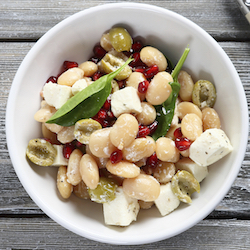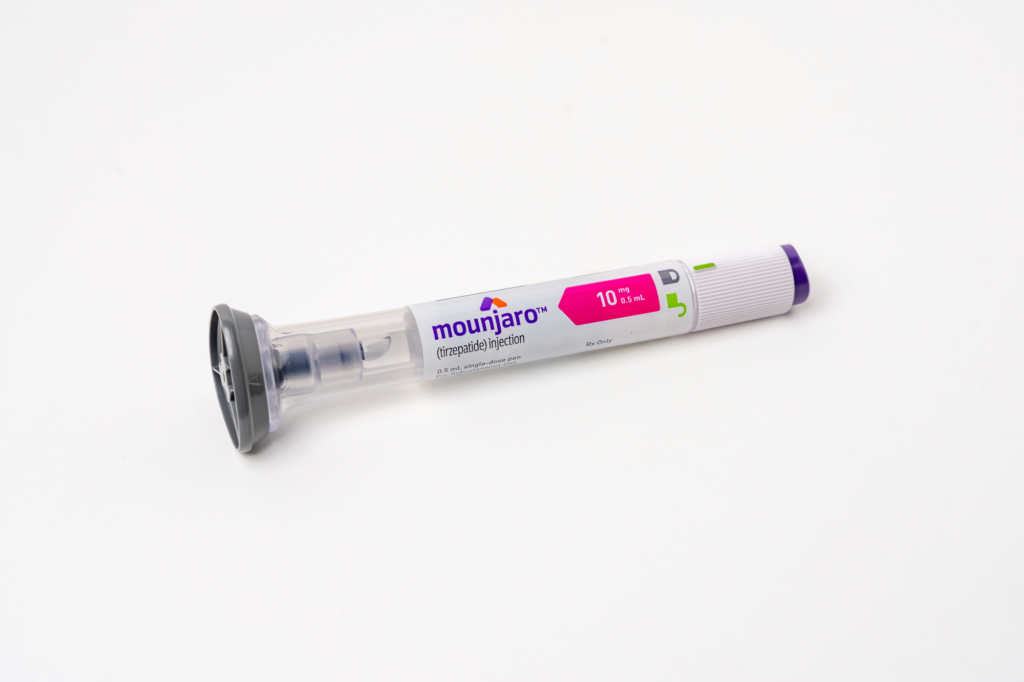Loading up on beans, lentils, spinach and broccoli could do as much to reduce blood pressure as lifestyle changes. And, the amino acids in meat, fish and dairy could be a good way to reduce arterial stiffness. Research published in the Journal of Nutrition, from the University of East Anglia (UEA), shows seven specific amino acids are just as beneficial for heart health as lifestyle changes.
Given the new recommendations by the National Heart, Lung, and Blood Institute (NHLBI) lower blood systolic pressure guidelines from 140mm Hg to 120mm Hg, this new research could be an easy way to help patients lower blood pressure and improve heart health.
The research reveals that people who eat high levels of certain amino acids found in meat and plant-based protein have lower blood pressure and arterial stiffness. The magnitude of the association is similar to those previously reported for lifestyle risk factors including salt intake, physical activity, alcohol consumption and smoking.
However, the food source was important to the study outcome. Higher amino acids from based foods lowered blood pressure and higher intake from animal sources reduces arterial stiffness.
Results from previous studies have provided evidence that increased dietary protein may be associated with lower blood pressure,” said lead researcher Dr Amy Jennings, from UEA’s Norwich Medical School. “We wanted to know whether protein from animal sources or plant-based sources was more beneficial – so we drilled down and looked at the different amino acids found in both meat and vegetables.”
Researchers investigated the effect of seven amino acids on cardiovascular health among almost 2,000 women with a healthy BMI. Data came from TwinsUK – the biggest UK adult twin registry of 12,000 twins which is used to study the genetic and environmental causes of age related disease.They studied their diet and compared it to clinical measures of blood pressure and blood vessel thickness and stiffness. They found strong evidence that those who consumed the highest amounts of amino acids had lower measures of blood pressure and arterial stiffness.
“We studied seven amino acids – arginine, cysteine, glutamic acid, glycine, histidine, leucine, and tyrosine,” said Jennings. “Glutamic acid, leucine, and tyrosine are found in animal sources, and a higher intake was associated with lower levels of arterial stiffness.”
All of the seven amino acids, and most notably those from plant-based sources, were associated with lower blood pressure. “The really surprising thing that we found is that amino acid intake has as much of an effect on blood pressure as established lifestyle risk factors such as salt intake, physical activity and alcohol consumption. For arterial stiffness, the association was similar to the magnitude of change previously associated with not smoking,” Jennings says.
Amino Acid Breakdown
Total protein intake was 85.1 +/- 23.4 g/d and protein contributed 16.2% to total energy intake. “Beneficial daily amounts equate to a 75g portion of steak, a 100g salmon fillet or a 500ml glass of skimmed milk,” Jennings said.
Conclusion
Prof Tim Spector, from the department of Twin Research at King’s College London, said: “The finding that eating certain meat and plant proteins are linked to healthier blood pressure is an exciting finding. We need to understand the mechanism to see if it is direct or via our gut microbes.”
The intake of amino acids associated with lower arterial stiffness and central
blood pressure is easily achievable in the habitual diet, making these findings very relevant for public health strategies to reduce cardiovascular disease risk. Our findings highlight the need for more intervention trials examining dietary achievable intake of amino acids and cardiovascular outcomes.









